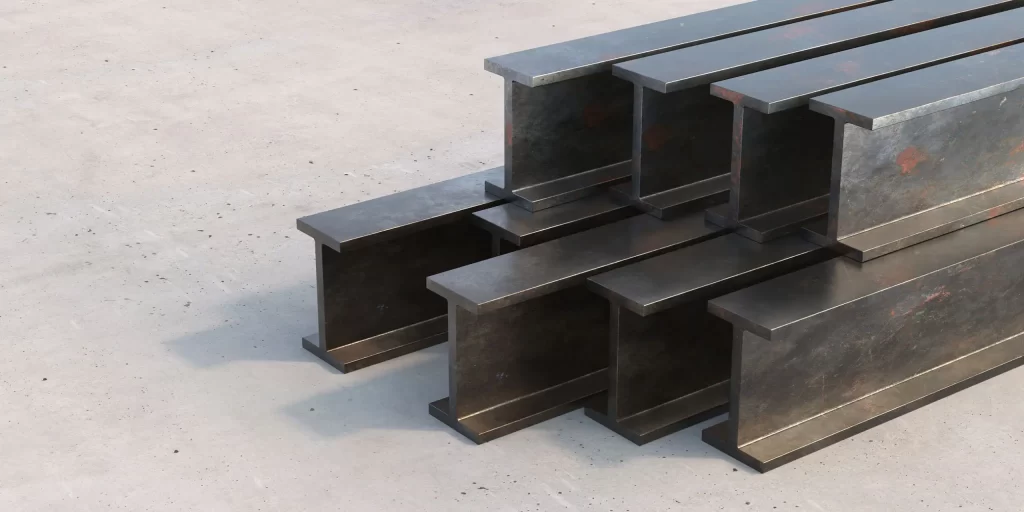Bituminous Membranes: Understanding Their Role in Waterproofing Systems
Construction materials that require waterproofing need to be durable and easy to use. Additionally, the materials should be resistant to chemical attack, and flexible enough to allow movement in the building.
These membranes can be applied above or below ground level. The membranes can be easily put in place and can be fixed to the ground or self-adhered.
Bituminous Membranes
They are offered as self-adhesive or can be joined with a roofing mastic compatible to the concrete. The membranes typically contain the layer of felt that helps give more strength and span to the roof deck. The felt layer also helps decrease the pressure placed on membranes by lateral forces. When putting these membranes in place, proper surface preparation is crucial, as any defects may affect the efficiency for the membrane’s waterproofing.
The polymer bitumen offers exceptional resistance to tensile force, vapor permeability and a long-lasting durability. The membranes are frequently utilized in conjunction with protection courses and insulation boards to create a composite structure which is superior to any material alone.
It is crucial to close any air gaps, and then heat welding the ends of laps prior to making this type of membrane. Additionally, these types of membranes are best placed on substrates that have a low moisture content in order to avoid blistering. When blistering occurs, it is typically caused by a gradient of moisture between the surface of the membrane and concrete.

Liquid Waterproofing Membrane
The waterproofing membranes stop the infiltration of bulk water above and below grade caused by the force of hydrostatic. They protect the structure from costly damages, increases its resale price and improves comfort and safety for occupants.
Liquid waterproofing membranes are applied as a liquid and are then cured for a barrier to the elements. These liquid waterproofing systems are available in different forms including the polyurethane form and also cementitious.
They are pliable and are able to accommodate surface movements as well as minor cracks, they are exceptionally durable, with great resistance to UV radiation, as well as the abrasion da 0x4. They’re a great alternative for damp rooms as well as showers, that can be tough to waterproof using sheet membranes, which require the use of overlapping components.
Cementitious Waterproofing Solutions
The waterproofing coatings typically applied using a brush or trowel, and offer a layer of protection on concrete structures. These types of coatings can withstand the negative and positive pressures of water. They can also keep mold and mildew from damaging the structure. They can be utilized for above ground or below-ground applications. They’re also appropriate for potable water systems.
This form of waterproofing makes use of a cement-based polymer mixture to give a solid, durable finish when it has fully set. These waterproofing materials can be applied to the roofs of walls and walls as well as a walls that are retaining. They’re resistant to heat, UV exposure and weathering.
One of the main advantages that this particular type of waterproofing is the fact that it’s quick to put on and affordable. Additionally, it is extremely durable and resistant to abrasions and chemicals. This material is best suited for commercial or residential usage. It is simple to fix in the event that it becomes damaged, and it is ideal for wet environments like bathrooms.
Polyurethane Waterproofing
Polyurethane waterproofing membranes are liquid-applied solution that has significant advantages particularly where seamless systems are needed they can be used for aesthetic or structural purposes or for aesthetics. They are easy to install and apply using spray, roller, or trowel. They are also able to provide excellent crack sealing and high Tensile Strength.
They can also be highly mobile and adaptable to changes in structure or temperature fluctuations without cracking. It also helps them to last longer. These waterproofing solutions are resistant to abrasion and chemicals.
Polyurethane waterproofing coatings can be put on top of wood or ceramic floors. The coatings are able to reduce dust build-up as well as to maintain brightness and create a beautiful aesthetic. These coatings are also used in water tanks that are potable as they’re highly resisting to corrosion and are suitable for use with water that is filtered. The coatings can be applied to cover the wall with waterproofing systems. They’re offered in various thicknesses and colours to suit the various needs of applications.